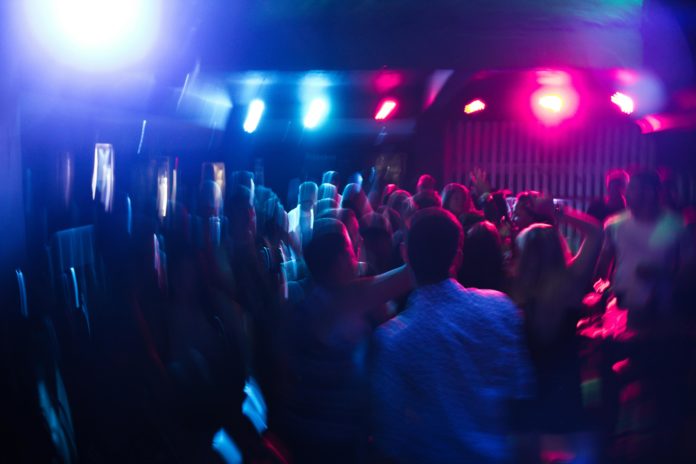Music venues are more than just places to hear songs performed. They are cultural touchstones, gathering spaces, and launchpads for the next generation of artists. Across North America, their numbers are dwindling as economic pressure and social change make it harder for them to survive. Each closure marks the loss of a space that helped define a city’s identity, and the reasons behind this trend speak to much larger shifts in urban life.
1. Rents Keep Rising While Ticket Prices Stay Stagnant
Commercial landlords continue to raise lease rates across major cities, placing intense pressure on independent venues. Many operate on slim profit margins and rely on a delicate balance between bar revenue and nightly ticket sales. Rent hikes quickly outpace the venue’s ability to earn more from their audiences. Ticket prices rarely keep pace with inflation, and customers already weigh every dollar spent. As lease agreements expire, venue owners face hard choices without sustainable options.
2. Audiences Attend Fewer Shows Than Before the Pandemic
Patterns of behavior have shifted significantly over the past few years. Even the most passionate fans go out less frequently. Some prefer small gatherings at home, while others hesitate to navigate busy nightlife districts. The routine of regularly seeing live music has been interrupted. Venues that once counted on steady weekly traffic now face uneven turnout, making it difficult to book diverse lineups and cover operational costs.
3. Alcohol Sales No Longer Carry the Business
Historically, the bar subsidized the band. Venue operators could afford to host emerging acts or riskier bookings because drink sales helped cover costs. Today, consumers spend less at the bar, and liquor licenses are more expensive. With increased focus on wellness, younger audiences often skip alcohol entirely. Combined with tighter margins and higher taxes, the economic model that supported live shows through bar sales has started to unravel.
4. Development Prioritizes Condos Over Culture
City planning rarely protects grassroots cultural spaces. When developers pitch new projects, music venues are rarely part of the blueprint. Condos and retail chains generate higher tax revenues and attract large-scale investment. Without zoning protection or heritage status, historic venues are vulnerable to demolition or eviction. What replaces them rarely serves the same purpose. The absence of these rooms leaves a cultural vacuum that reshapes entire neighborhoods.
5. The Stages Competes With Screens Everywhere
City planning rarely protects grasThe entertainment landscape has shifted in ways that make live music one of many options rather than the central one. At home, people can choose between streaming concerts on YouTube, watching prestige TV on Netflix, or diving into immersive multiplayer video games. These experiences offer comfort, convenience, and control — no lineups, no transit, no late nights. For some, a subscription or new controller feels like a better investment than a single evening out. Venues are now in competition not just with each other, but with entire industries built on staying in. The thrill of live music remains unmatched, but it now has to fight harder for attention and time.
6. The next generation of musicians is building their stage online
Emerging artists are crafting careers from their bedrooms, going viral on TikTok, and growing massive followings without ever stepping on a physical stage. The hustle now lives on phones, not in the back of a van chasing shows across provinces and states. Labels, fans, and even brands discover talent through algorithms instead of opening acts. With digital fame often more immediate—and lucrative—than the grind of touring, many new musicians are skipping the live circuit altogether. The culture of gigging as a rite of passage is shifting, and it’s reshaping the ecosystem for local venues. The stage still matters, but the screen is pulling rank.
Every shuttered venue erases a chapter of musical history and narrows the future of live performance. Preserving these spaces requires more than nostalgia — it demands policy changes, community investment, and a recognition that culture must be nurtured, not just consumed. The cities that value music as a public good will be the ones that keep the lights on and the amps plugged in.







